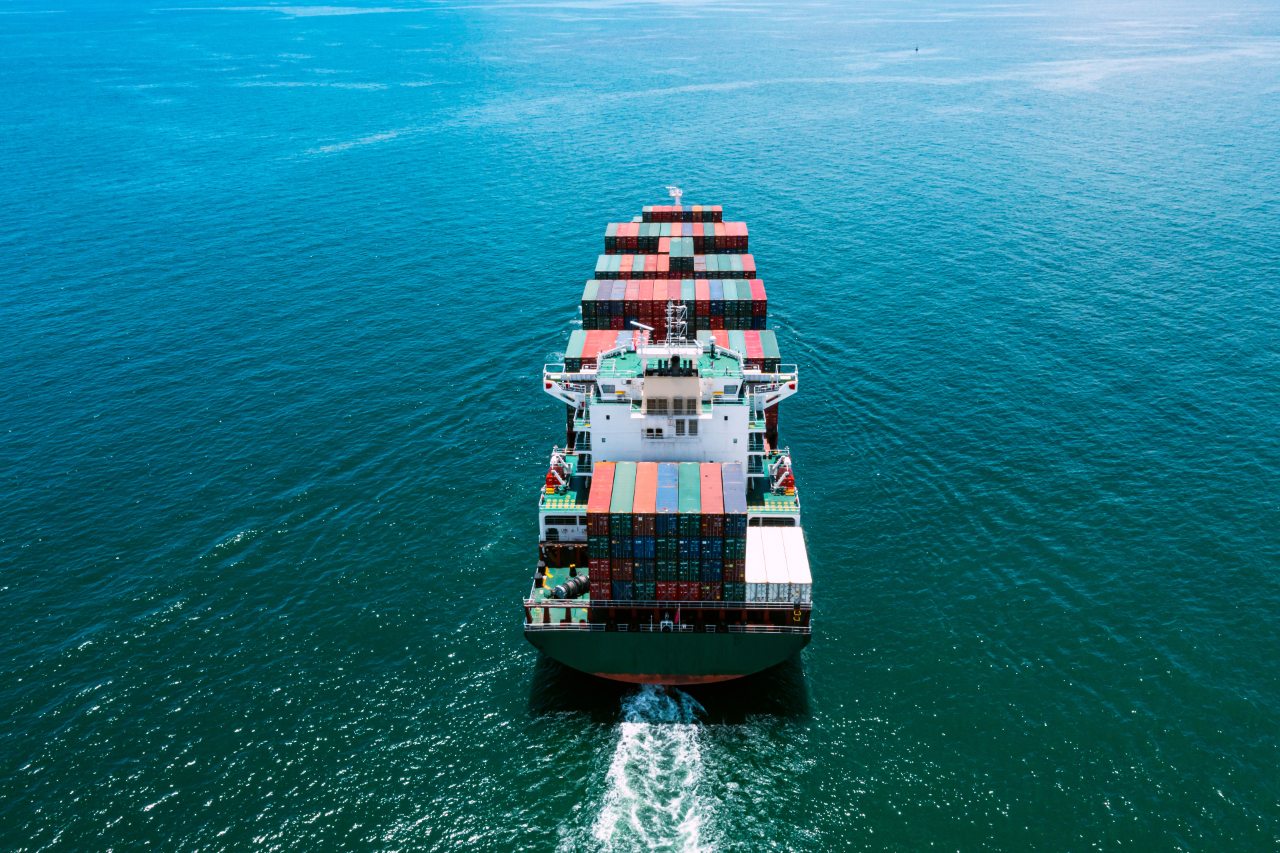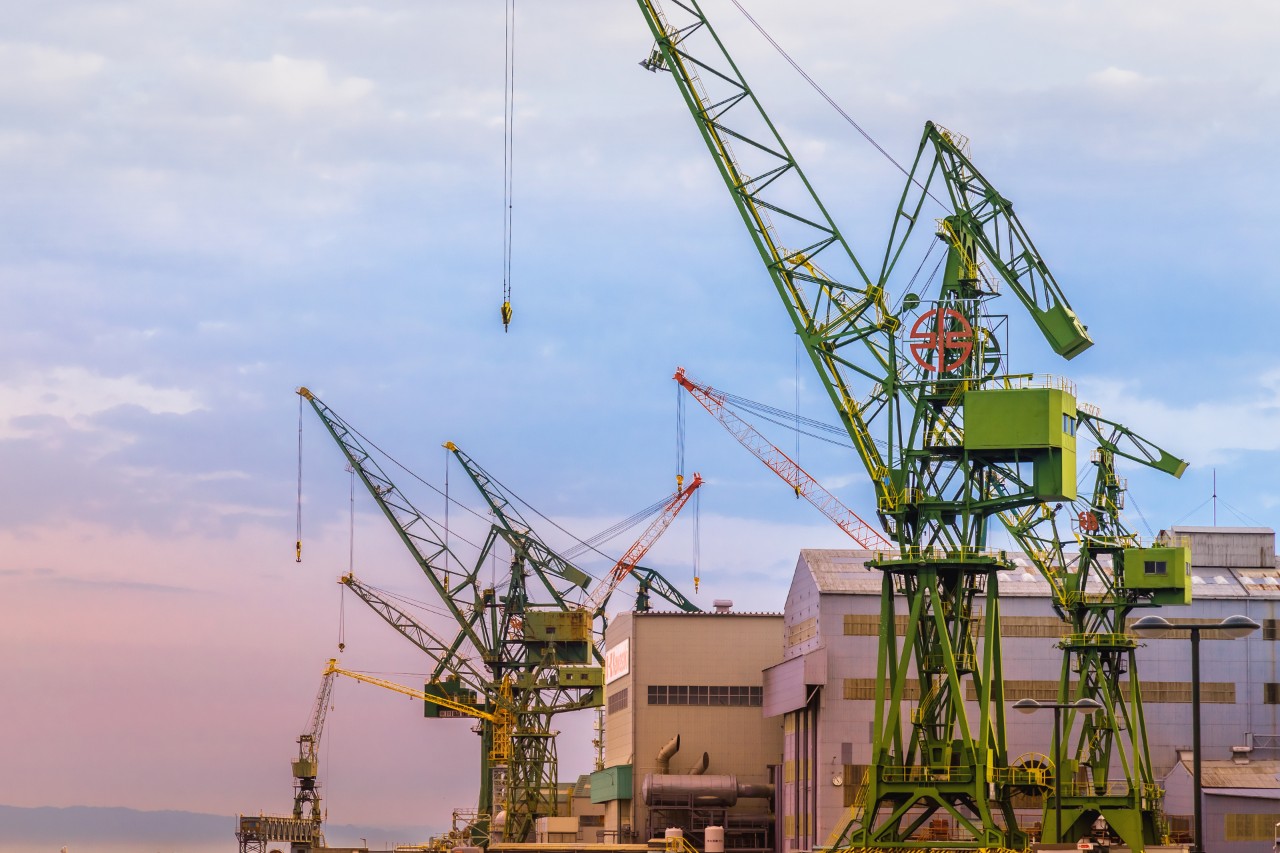As well as having the fourth largest ecommerce market globally, Japan has a robust and rapidly growing logistics sector.
This is supported by the country’s strategic geographic location at the heart of the APAC region, as well as advanced cloud-based supply chain management systems. We explore all this and more in our overview of Japan’s logistics market.
Key Data and Insights
- Japan’s central position in APAC offers a strategic advantage when it comes to trade—many nations use Japanese ports as part of their global supply chain. As emerging markets like Indonesia continue to develop, Japan’s logistics market will also benefit
- The freight and logistics market in Japan alone is expected to see an annual growth rate of more than 4% between 2022 and 2027, according to Mordor Intelligence.
Approximately 3.5 million people on average worked in the Japanese transportation industry in 2021 and the road freight transport industry was the largest employer in this category. - Covid-19 and its associated travel restrictions severely affected the movement of goods in Japan and contributed to revenue decreases for many businesses, yet this period also saw a spike in ecommerce and home delivery services.
- Japan’s freight and logistics market is expected to grow steadily over the next few years, driven by the growth of the ecommerce market, and, more specifically, the import of goods from abroad, storage and fulfillment; and transportation and delivery services.
Sales Value of Japan’s Logistics Market (Trillion JPY)
| 2018 | 21.16 |
| 2019 | 20.41 |
| 2020 | 20.24 |
| 2021 | 20.72 |
| 2022 | 21.58 |
Source: Statista
Growth Expected in Japan’s Logistics Market

APAC is the world’s biggest regional freight and logistics market, largely thanks to the positive outlook of emerging countries like Vietnam, Thailand, and Indonesia. In fact, its comparative size is estimated to be around twice that of both North America and Europe.
Asia is also expected to account for 57 percent of the growth of the global ecommerce logistics market between 2020 and 2025.
Importantly, Japan is at the center of this burgeoning landscape and will play an increasingly important role in both regional and global trade. It is expected that country will see an annual growth rate of more than 4% between 2022 and 2027.
One of the biggest drivers of this is the growth of Japanese ecommerce and the increasing demand for shipping services. Much of the country’s highly urbanized and comparatively affluent population has grown to rely on ecommerce for various retail and service needs.
Major B2C platforms like Amazon and Rakuten have played a huge role so far, but we’ve also seen a growth of C2C platforms like Mercari offer new ways for people to shop and influence the expectations for fast and reliable deliveries.
The Automotive and Manufacturing Industry
Japan has long been a global leader in automobile manufacturing, which relies heavily on the supply of raw materials and metal components from abroad.
Car brands such as Toyota (the world’s largest car brand), Nissan and Suzuki are also highly sought after around the world, requiring high volumes of exports from Japanese factories.
The nation’s commitment to quality also extends to its consumer electronics brands like Sony and Hitachi, as well as its domestically produced semiconductors and optical fibers, all of which contribute massively to the demand for logistics services in Japan.
Globalization and Cross Border Trade
Japan is largely dependent on imports from abroad that largely come in the form of sea freight. Its major port cities Osaka, Kobe, and Yokohama facilitate the process of importing all types of goods into the country as well as serving as a bridge for domestically produced goods to reach other destinations.
As well as increased consumption of popular culture from places like China and Korea, these nations have also become vital international trade partners. As demand only grows for food, products and brands from abroad, the logistics market will need to accommodate and grow accordingly.
Logistics Technology and Cloud Operations
New technology is a way to gain a competitive edge as freight and shipping companies endeavor to meet the needs of their customers and clients. However, it is also a necessity in handling the increasing demands for their services.
Automated systems, drone tech and AI are already being used to manage stock and track inventory, as well as simplify supply chain management. Many of Japan’s biggest players in the freight and logistics market are engaged in optimizing their processes for greater visibility and control over the way their businesses operate.
Top Japanese Freight and Logistics Companies

There is significant diversity in Japan’s logistics sector with both domestic and foreign companies playing a role in transportation, storage and fulfillment. Some of the biggest companies operating include:
- NNR Global Logistics
- SAGAWA Global Logistics
- Kokusai Express
- Deutsche Post DHL Group
- Schenker-Seino
- Nippon Express
- Japan Post
- Yamato Logistics
- Kintetsu World Express
- Itochu Logistics
Learn More About the Companies Operating in Japan’s Logistics Market
Types of Logistics Services in Japan

The logistics and freight industry in Japan is composed of several individually substantial sub-sectors, all of which provide important services and processes that underpin global supply chains. These can be roughly divided into the below.
1. Warehouse Services
Warehousing space is in high-demand in Japan and therefore commands substantial rents. Some companies invest in in-house warehousing options if their long-term presence in Japan and APAC is significant enough, but many will opt instead for third-party logistics providers.
This offers greater flexibility and lower initial costs with clients being able to also leverage transportation and fulfillment services.
2. Third-Party Logistics Services (3PL)
Third-Party Logistics Services (3PL services) handle an array of processes on behalf of their clients. This can involve everything from customs support, storage, inventory management, supply chain management and customer fulfillment.
HB Pro Tip: In Japan, last-mile delivery has become the de facto standard for foreign retailers who typically rely on third-party logistics to store and manage fulfillment. Amazon and Rakuten are huge players in this space, offering advanced fulfillment options that can be scaled to match the needs of ecommerce merchants from abroad.
3. Freight Shipping
A large volume of goods that pass through Japan’s logistics network is transported via sea freight, due to the country being an island nation. In 2021, the Port of Nagoya was the leading port in Japan based on the volume of sea freight throughput, with approximately 178 million metric tons handled.
Tokyo is also one of the biggest seaports in Japan and the Pacific, with an annual handling capacity of about 90 million tonnes. More than 40,000 people are employed at its various terminals and facilities. Other major ports include Kobe, Osaka and Yokohama—all strategically positioned to handle large volumes of freight from Asia and beyond.
Domestically, freight shipping in Japan also includes trains, ships, and trucks, important for transporting goods and materials between warehousing, factories, and ports across the country.
4. Courier Shipping
There has been exponential growth in the courier shipping market as the need for ecommerce home deliveries has increased. Delivery and shipping services are relied upon for fast, efficient and rewarding delivery experiences in line with a Japanese consumer market that has extremely high standards for customer service.
5. In-house Logistics Services
While requiring a much larger initial investment, In-house logistics offers several benefits that include having more control of inventory management and product movement, whether it’s storing goods or getting them ready for fulfillment.
Investing In the Japanese Logistics Market

Substantial investments have already been made by both domestic and international parties into Japan’s industrial and logistics real estate market. As the nation’s role as a major player in the region is solidified, assets such as manufacturing plants, warehousing and distribution facilities will continue to grow in value.
The expansion of Japan’s ecommerce market will also ensure vacancy rates are kept low, attracting further investment from those wanting to secure relatively low-risk and stable returns.